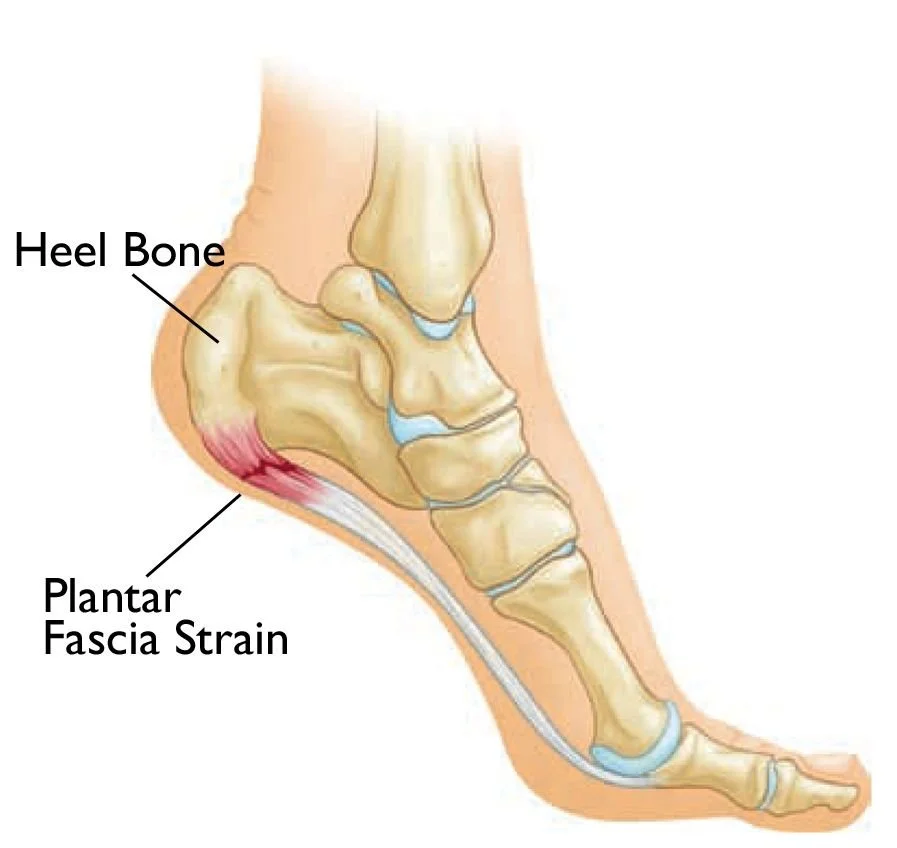How Do I Know If I Have Flat Feet or High Arches?
Understanding your foot type is essential for maintaining overall foot health and preventing potential issues. Flat feet occur when the arches of the foot collapse, causing the entire sole to come into contact with the ground. This can be due to genetics, being overweight or suffering a serious injury.
For high arches, it features an over-pronounced arch that can lead to excessive weight distribution on the ball and heel of the foot. Recognising your foot type can help you make informed choices about footwear and treatment options.
To determine if you have flat feet or high arches, start with a simple self-assessment:
you can perform a "wet test" by wetting your feet and standing on a dry surface to see the imprint your foot leaves—this can provide visual confirmation of your arch type.
Common symptoms can also indicate your foot type:
Flat feet may cause: discomfort in the knees, hips, or lower back. Pain when walking too much or with running. Shoes tend to wear in on the inside.
high arches often experience: pain in the balls of their feet or heels, as well as issues like plantar fasciitis due to tightness of the fascia on the inside of the foot.
How can it be treated?
Consulting a physiotherapist is a great way to receive a comprehensive assessment of your foot type and any related issues. Your Physiotherapist will help by reducing any tightness or pain around the foot and lower limb. They may also prescribe and make a custom insole for you to help alleviate pressure and correct the foot back into a neutral position.
What Kind of Shoes Should I Buy for Flat Feet?
Choosing the right shoes is crucial for individuals with flat feet, as the wrong footwear can lead to discomfort and even exacerbate foot problems. Flat feet, characterised by low arches, can affects your gait, increase pressure on certain areas of the foot and overall body alignment. To provide adequate support and comfort, it’s essential to look for specific features in shoes if you have flat feet.
1. Arch Support and Stability
If you do not have a custom insole, find shoes those with built-in arch support. Shoes that offer stability help maintain proper foot alignment and reduce the risk of overpronation. Look for models that feature a firm midsole and a contoured footbed, as these can offer the necessary support for flat arches.
2. Cushioning and Shock Absorption
Cushioning is another vital feature for flat feet. Shoes with adequate padding can help absorb shock during activities like walking or running, reducing the strain on your feet and joints. Look for footwear that incorporates technologies such as gel inserts or foam midsoles, which provide additional comfort. This is particularly important if you plan to engage in high-impact activities, as it can help prevent injuries.
3. Width and Fit
A proper fit is essential for comfort and support. Many individuals with flat feet have wider feet, so consider shoes that offer a variety of width options. Ensure there is enough room in the toe box to prevent cramping, and that the shoes feel secure without being too tight. It’s advisable to try on shoes later in the day when your feet are slightly swollen for a more accurate fit. You may need to size up by half a size if you have flat feet and use insoles.
4. Recommendations and Brands
Some popular brands known for their supportive shoes for flat feet include Asics, New Balance, Brooks, and Saucony. Each has specific models designed with arch support and stability in mind. Additionally, consider getting a custom insole and bring that along with you to try on shoes.
Investing in the right shoes for flat feet can significantly improve your comfort and mobility. By focusing on arch support, cushioning, proper fit, and reputable brands, you can help prevent discomfort and enhance your overall foot health.



